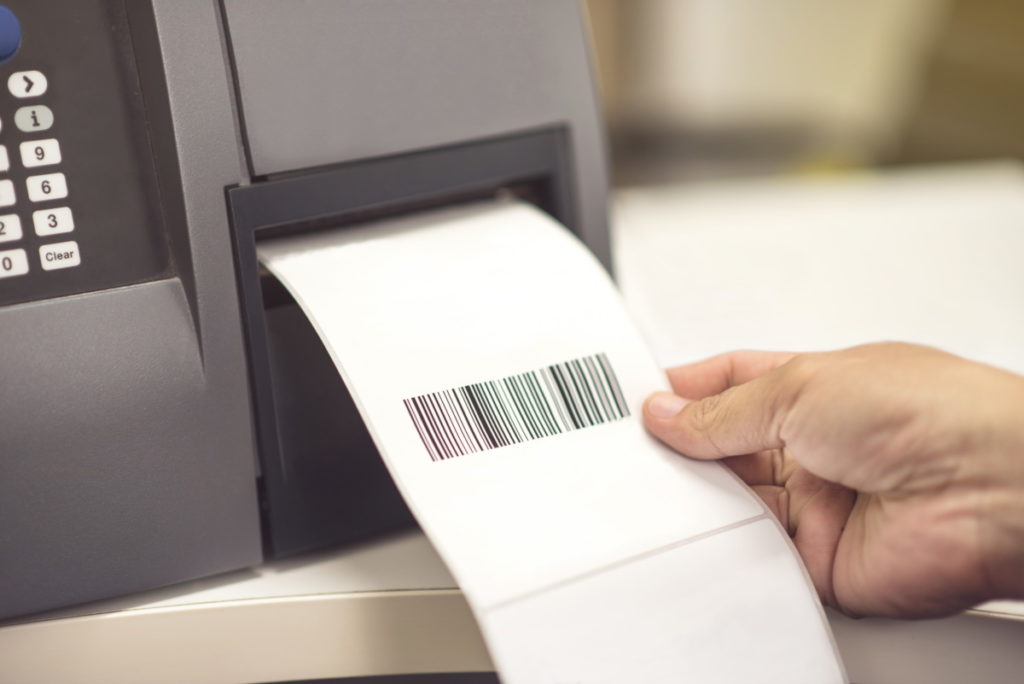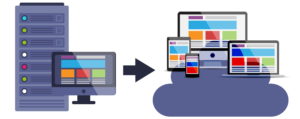ThinPrint Supports Native Printing – Here’s Why
What Is Native Printing?
With native printing, either the original printer drivers from the manufacturers are used, or a suitable built-in operating system driver is used by the application on the desktop system. Unlike Driver Free Printing, which uses a virtual printer driver, native printing immediately creates a device-specific print job with special features for a particular printer model.
The use of native drivers is suitable for the following scenarios:
- When using special printers with very individual printing options, such as label printing
- When advanced finishing options of multifunction printers (MFPs) are needed, such as booklet printing with center stitching or plotters with user-defined formats
- For printing from non-Windows systems, such as Unix, Mac Os, Linux or AS400, as these systems do not support the device-independent EMF (Enhanced MetaFile) format on which ThinPrint’s Output Gateway is based
To meet these printing requirements, ThinPrint supports native printing.

Native Printing vs. Universal Printing vs. Driver Free Printing
Native printing is often compared to printing with universal printer drivers (UPD). This type of printing uses a single universal or global printer driver instead of different native printer drivers. The advantage is that individual drivers do not have to be installed and managed for each printer used. However, with universal drivers from printer manufacturers, adequate functionality can only be guaranteed when a direct communication with the printing device is available, which is often not technically possible in remote desktop environments.
The process is handled differently with Driver Free Printing and the ThinPrint Output Gateway: ThinPrint’s virtual printer driver simulates original printer drivers and transfers print data in a printer-independent format. This allows printing to be performed on all devices in a heterogeneous printer fleet and with advanced printing options.
Native Printing Causes Complicated and Time-Consuming Printer Driver Management
Particularly in environments where printing devices from different model series or different manufacturers are in use, a large number of different printer drivers must be managed and kept up-to-date. As a rule of thumb, the more heterogeneous the printer fleet, the more printer drivers which need to be maintained. In addition, IT departments must ensure that the printer drivers are correctly distributed across various systems. But that’s not all: conflicts between incompatible native printer drivers often lead to printing problems and even system instability, especially when multi-session systems, such as Citrix Virtual Apps and Desktops, Microsoft Remote Desktop Session Host, VMware Horizon or Parallels RAS, are involved.
Driverless Printing Simplifies Print Management
Because of the aforementioned disadvantages of native printing, ThinPrint has developed Driver Free Printing. Instead of native drivers, ThinPrint’s virtual, Microsoft-certified drivers are used on all devices on which applications run. This saves IT departments the time-consuming task of managing printer drivers and allows almost all printing functions to be used regardless of printer model and manufacturer.
ThinPrint Supports Native Printing and Optimizes It Further
The main advantage of native printing is that all printer properties – even special ones – of a printing device can be used. To enable companies to take advantage of all the functions of original printer drivers, ThinPrint also supports native printing and optimizes it with ThinPrint functions such as print data compression. Companies can choose to print using either virtual or native printer drivers as required.
ThinPrint’s cloud printing solution ezeep also supports native printer drivers and therefore all functions of any printer model. For both cloud-based or on-premises scenarios, we recommend the virtual approach for the majority of printers. In the case of special printers, however, native printer drivers can be used without any problems.
ThinPrint combines driverless and native printing technologies and is therefore suitable for any printing infrastructure, no matter how complex, and for heterogeneous printer fleets with special devices of all kinds.




